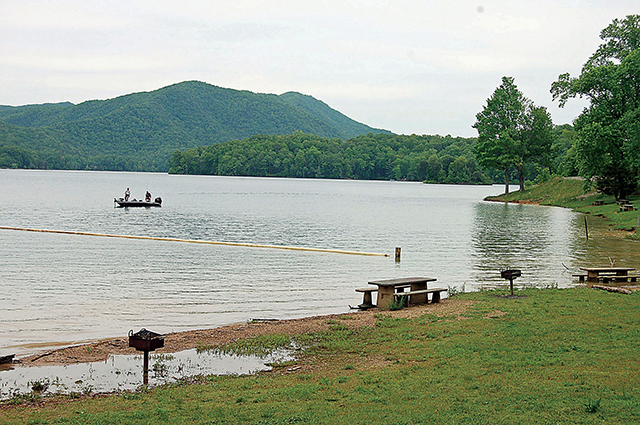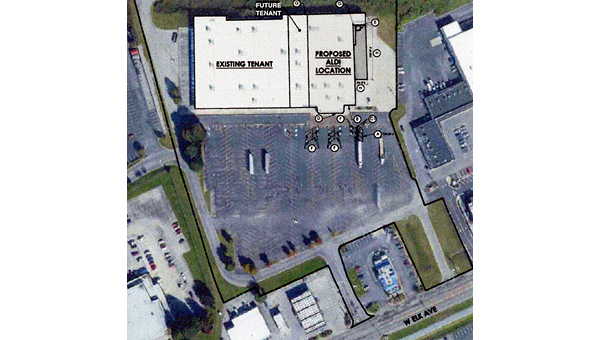Heavy spring rains pump up TVA lake levels
Published 1:08 pm Tuesday, May 14, 2024



|
Getting your Trinity Audio player ready...
|
By Buzz Trexler
Star Correspondent
Higher-than-average rainfall thus far this year and an amount that has skyrocketed month-to-date has brought area lakes to near summer pool, said Tennessee Valley Authority staffers as they made their way through East Tennessee media outlets on Wednesday.
Trending
The result has been something of a rebound.
“Last fall, we were talking about droughts all across our system and so we’re still making up for that,” said Scott Brooks, TVA’s senior media specialist for external and regional communications. “Because what’s been happening up until last week, a lot of the rain that would fall would never make it into the lakes, it would be soaked into the ground that was still dry from last fall. But now, May has been pretty good to us as far as rainfall and runoff.”
Tom Satkowiak, senior communications consultant for TVA’s East Region, dove a little more deeply into those rainfall waters.
Trending
“We entered the spring-fill season coming off six straight months of below-normal rainfall, and 12 to13 months during that time had below-normal runoff,” Satkowiak said. The result was four of the tributary reservoirs in the TVA system – Cherokee, Norris, Fontana, and Hiwassee – were expected to require extra rainfall and runoff to reach normal levels by June 1.
“So, we had a deficit to make up. Now we got an average of 3-1/2 inches of rain across the system just last week, and some areas got more, like in Middle Tennessee it was closer to 5 inches or so.”
Satkowiak said the most recent data shows year-to-date rainfall is at 128 percent of the normal level, while runoff is at just 88 percent. “But in May, those numbers skyrocket: Rainfall is at 259 percent of normal and runoff is at 164 percent of normal,” he said.
TVA is seasonally proactive in anticipation of heavy rainfall and the resulting impact on the watershed.
“We lower those reservoir lake levels in the winter in anticipation of any snow melt, any rain that’s going to come, and eventually that runoff makes its way through the integrated river system to the lakes,” Satkowiak explained.
Because of the heavy rain and associated runoff, area reservoirs are either above normal, at summer level, or very close to the summer level.
Last Wednesday morning, Watauga Lake’s elevation was at 1,961 feet, 2 feet above normal. Releases are being scheduled to recover flood storage and lower the reservoir to its normal elevation.
Boone Lake was at 1,381 feet last Wednesday morning, which Satkowiak said is a normal elevation for this time of year. The reservoir was forecast to be at summer pool level – 1,382 feet – by Monday.
South Holston Lake has already reached its normal elevation and summer pool level of 1,729 feet.
Releases are being scheduled at Boone and South Holston to meet downstream demands and minimum flow requirements.
TVA has a seven-state footprint divided into five regions. The East Region includes all of East Tennessee and part of North Georgia and Western North Carolina. Overall, the Tennessee River system is responsible for more than 11,000 miles of shoreline, 650,000 acres of water, and 293,000 acres of land across the Tennessee Valley.
But while the lake levels are good news for recreation, Brooks said boaters need to be on alert for debris in the water.
“With the water levels fluctuating as much as they have, safety is something that the guys at the River Forecast Center want people to be aware of,” Brooks said. “Watauga in particular is a little above normal right now, which means there may be some debris out there. … Even if you go into a cove that you have always gone to, there may be additional debris or it may look a little different this time of year because of the higher water levels.”
TVA urges users to to exercise extreme caution over the next several weeks and obey all signage and warnings, especially near or below any dam that is spilling. Avoid areas around the dams while water is being released.








